1. A Tank That’s More Mansion Than Studio Apartment
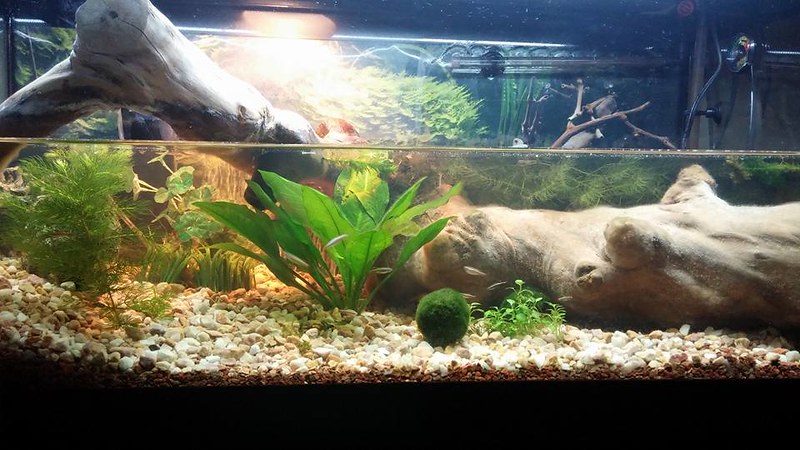
Your turtle isn’t looking for a minimalist lifestyle—they need space to swim, explore, and chill. For aquatic turtles, you’ll want a tank that holds at least 10 gallons per inch of shell length (so yes, that little guy might need a 75-gallon palace). Don’t skimp on size: cramped tanks can cause stress, poor growth, and health issues. Land turtles or tortoises need wide enclosures with room to roam, dig, and bask like royalty. Think horizontal space over height—turtles aren’t rock climbers.
A too-small home leads to an unhappy turtle and a frustrated owner cleaning constantly. Starting with the right size means fewer upgrades and a healthier, more active shelled friend. If you’re not sure what size to go with, bigger is always better. And hey, wouldn’t you rather brag about your turtle condo than a shoebox situation?
2. Clean Water Isn’t Optional—It’s a Lifestyle
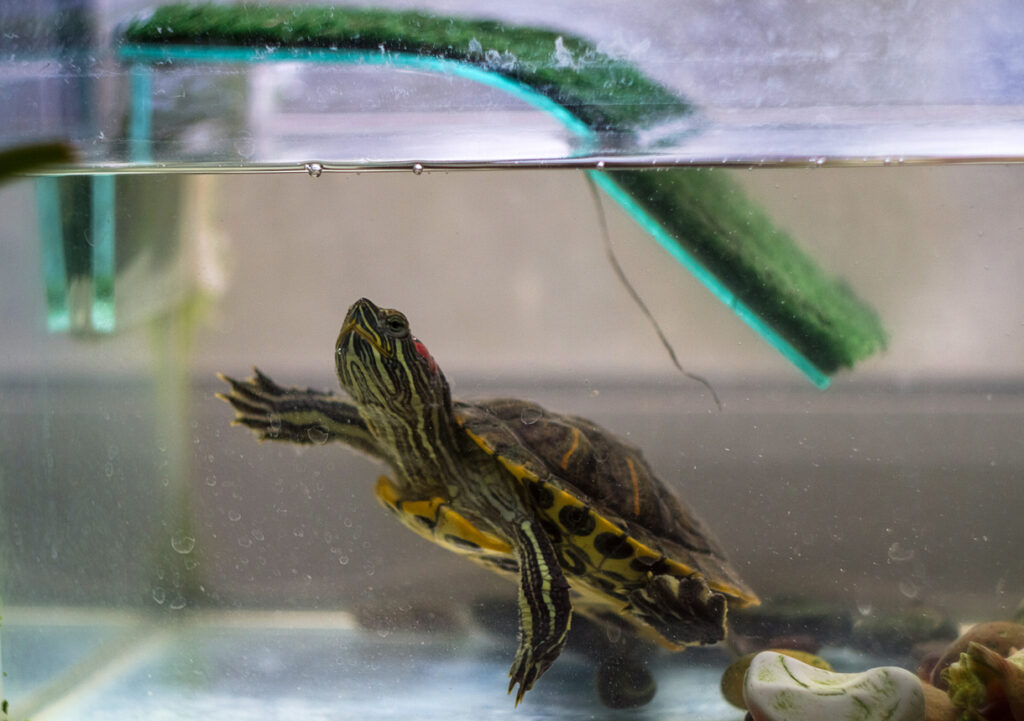
Turtles are notoriously messy roommates. Without a solid filtration system, that crystal-clear water will turn into a swamp faster than you can say “snapping turtle.” A powerful water filter, specifically designed for turtle tanks, is essential to keep waste, uneaten food, and bacteria under control. Look for one rated for at least twice the size of your tank—because turtles poop a lot.
You’ll still need to do partial water changes (around 25% weekly), but a good filter takes most of the grossness off your hands. Trust us, your turtle—and your nose—will thank you. Plus, clean water helps prevent shell rot, respiratory infections, and mood swings (yes, turtles can get grumpy). So if you’re going to splurge anywhere, make it on a top-notch filter.
3. A Basking Spot Fit for a Reptilian King
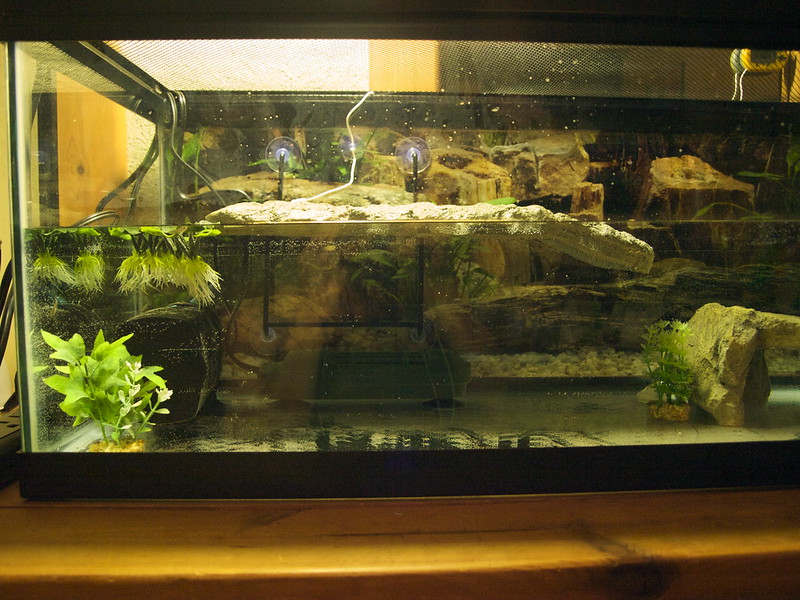
Even water-loving turtles need a place to haul out, dry off, and soak up some faux sun. A basking platform that sits above the waterline gives them a spot to rest, regulate temperature, and prevent shell diseases. Without one, turtles stay wet all the time, which is a fast track to fungal infections and grumpy moods.
Pair that basking area with a heat lamp to keep things toasty (around 85–95°F). No need for marble thrones—just a sturdy, dry surface they can easily access. Floating docks, stacked rocks, or turtle ramps are all great options. Bonus points if you make it look like a luxury cabana. Spa day, every day.
4. UVB Lighting: The Reptile’s Secret Vitamin Dealer
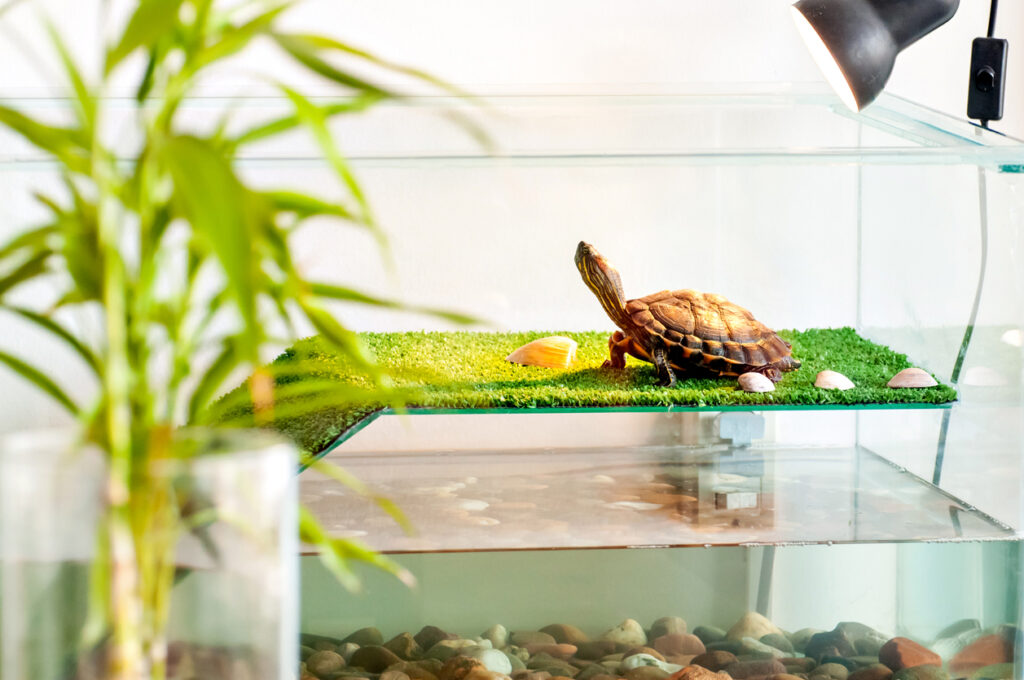
Turtles can’t absorb calcium without UVB light, which means without it, their shells and bones get soft and deformed. Yikes. A UVB lamp (not just any old bulb) mimics sunlight and helps turtles synthesize vitamin D3, keeping their skeletons strong and their shells shiny. You’ll need to keep it on for about 10–12 hours a day—use a timer and pretend you’re nature itself.
Replace the bulb every 6–12 months, even if it still “looks” like it’s working—UVB output fades over time. And yes, it’s different from a heat lamp, so you’ll need both. No shortcuts here—unless you want a turtle chiropractor bill. This one really is a non-negotiable.
5. A Balanced Diet (Spoiler: It’s Not Just Lettuce)
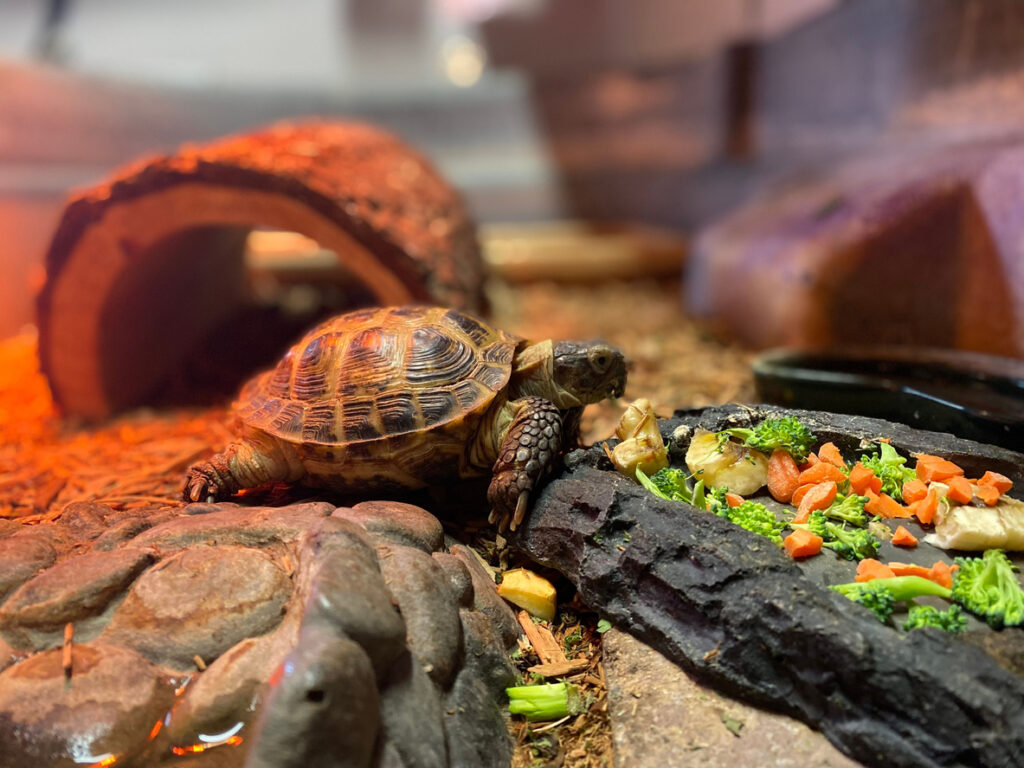
Feeding your turtle nothing but leafy greens is like feeding a toddler only celery sticks. Different species have different diets, but most turtles need a mix of pellets, proteins (like insects or fish), and leafy veggies. Overfeeding, especially with too much protein, can lead to pyramiding (a bumpy shell condition), obesity, and kidney issues.
Stick with high-quality turtle pellets as the base, and supplement with live or frozen treats and calcium-rich greens. Avoid feeding them human food, dairy, or fatty meats—this isn’t a petting zoo buffet. Oh, and keep an eye on portion sizes. Turtles may look innocent, but they’re dramatic beggars with zero portion control.
6. Temperature Control: Because Turtles Can’t Throw On a Sweater
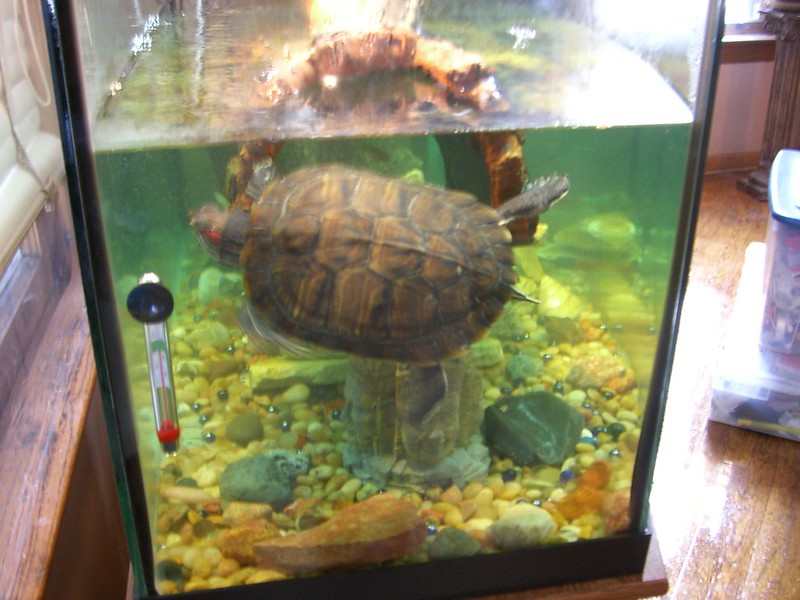
Turtles are ectothermic—which is a fancy word for “I borrow heat from my environment.” That means they rely on you to keep things toasty. Most aquatic turtles need water temps around 75–80°F, and basking spots around 85–95°F. A submersible aquarium heater helps maintain consistent water temps, especially in colder climates or air-conditioned homes.
Too-cold water slows their metabolism and immune system, making them sick and sluggish. Too hot? You’re practically boiling soup. Keep a thermometer in both the water and basking zone to stay in the safe zone. Your turtle might not say “thank you,” but you’ll notice they’re more active and alert when the temps are just right.
7. Hiding Spots for When They Just Need “Me Time”
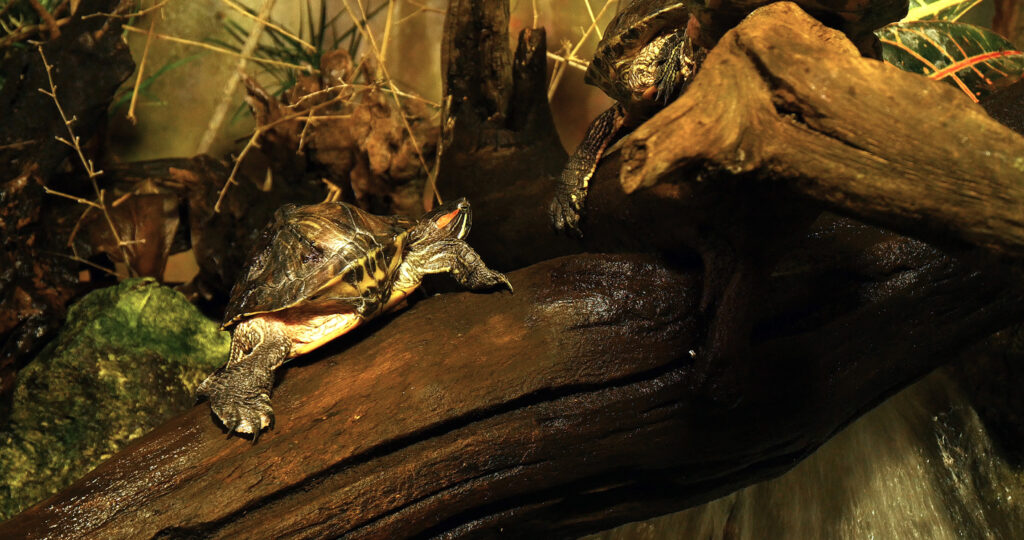
Turtles aren’t always the social butterflies they appear to be. In fact, they love to hide. Adding hiding spots like caves, logs, or plants gives them a sense of security and helps reduce stress—especially in new or busy environments. A stressed turtle is more likely to stop eating or get sick, and nobody wants that.
Aquatic turtles enjoy submerged caves or rock overhangs, while land turtles appreciate shaded hideouts and shelters. Bonus: hiding spots encourage natural behavior like burrowing, exploring, and peeking out dramatically like a turtle diva. A happy turtle is a well-adjusted turtle. Give them their privacy, and they’ll come out when they’re ready for their close-up.
8. Safe Substrate (No, Sand Isn’t Always the Answer)
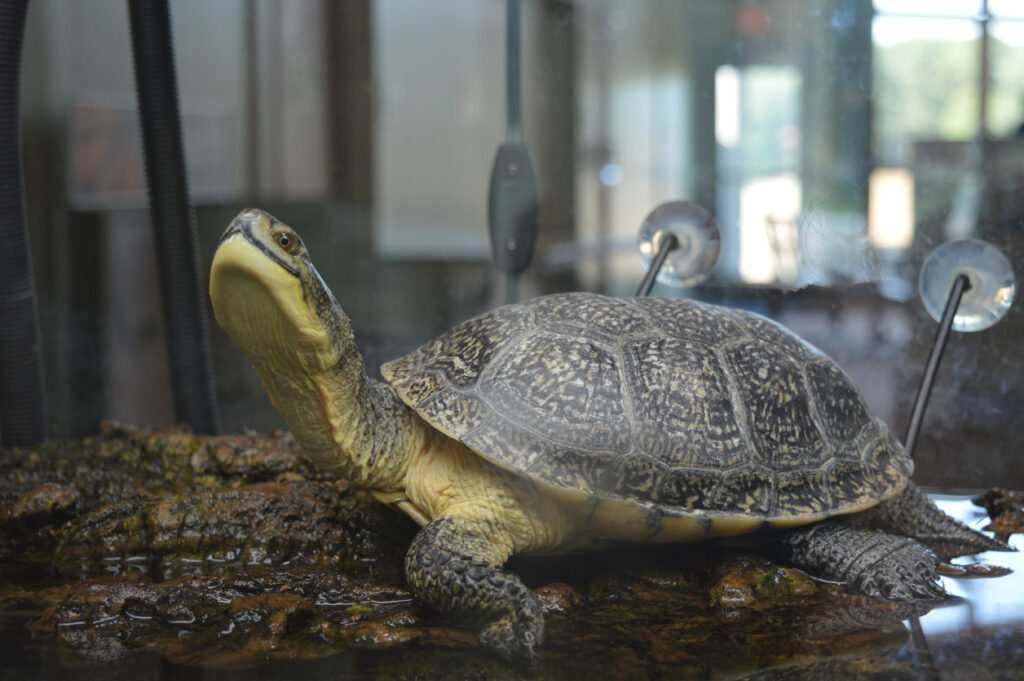
Choosing the right substrate, or tank floor material, depends on your turtle species. Aquatic turtles often don’t need substrate at all, but if you want to use one, go for large river rocks or smooth gravel (too big to swallow!). Fine gravel or sand can look pretty but comes with the risk of ingestion and impaction—a turtle stomach emergency.
Land turtles and tortoises prefer soil mixes like coconut coir, cypress mulch, or organic topsoil (no chemicals or fertilizers, please). Skip the pebbles, kitty litter, or anything sharp or scented. Your turtle isn’t looking for a garden makeover—they need something they can safely dig, nest, or explore. Think cozy, not decorative.
9. Regular Cleaning Routines (Turtles Are NOT Low-Maintenance)
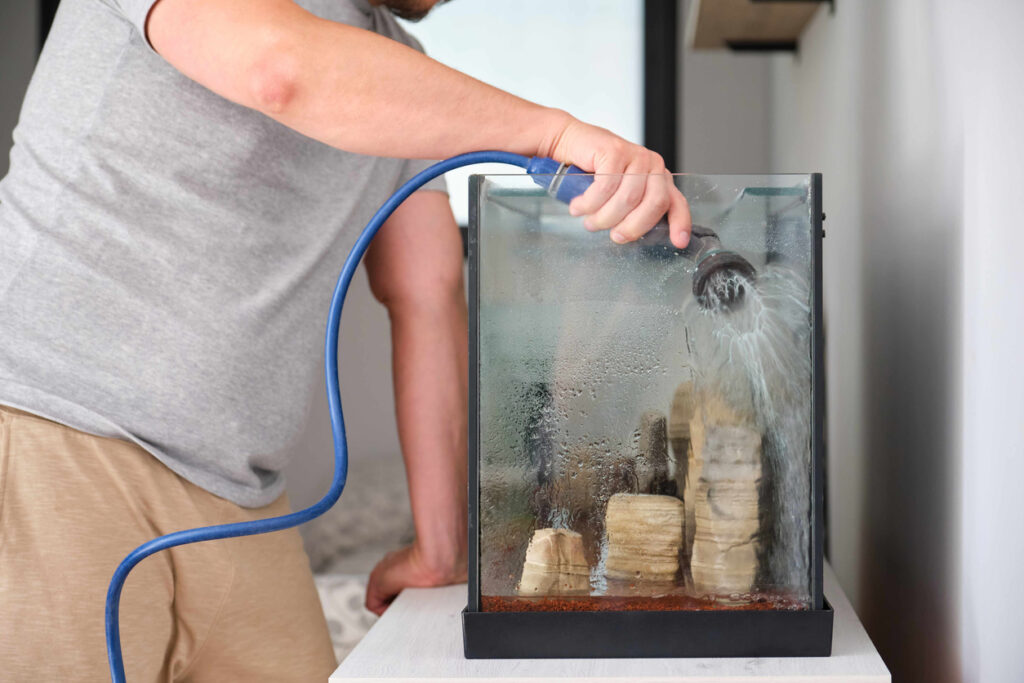
Despite what your cousin’s ex once told you, turtles are not set-it-and-forget-it pets. Their tanks need weekly maintenance, including partial water changes, filter checks, and scrubbing algae from surfaces. Left alone too long, dirty tanks can cause ammonia spikes, infections, and turtle tantrums (they’re real, and splashy).
Use a gravel vacuum, dechlorinated water, and a turtle-safe scrubber to keep things tidy. It’s not glamorous, but your turtle will thrive—and you won’t have to smell Eau de Pond every time you walk by. A little cleaning goes a long way toward keeping that habitat healthy and odor-free. Turtle tanks: beautiful, but not self-cleaning.
10. Enrichment Toys (Because Bored Turtles = Mischief)
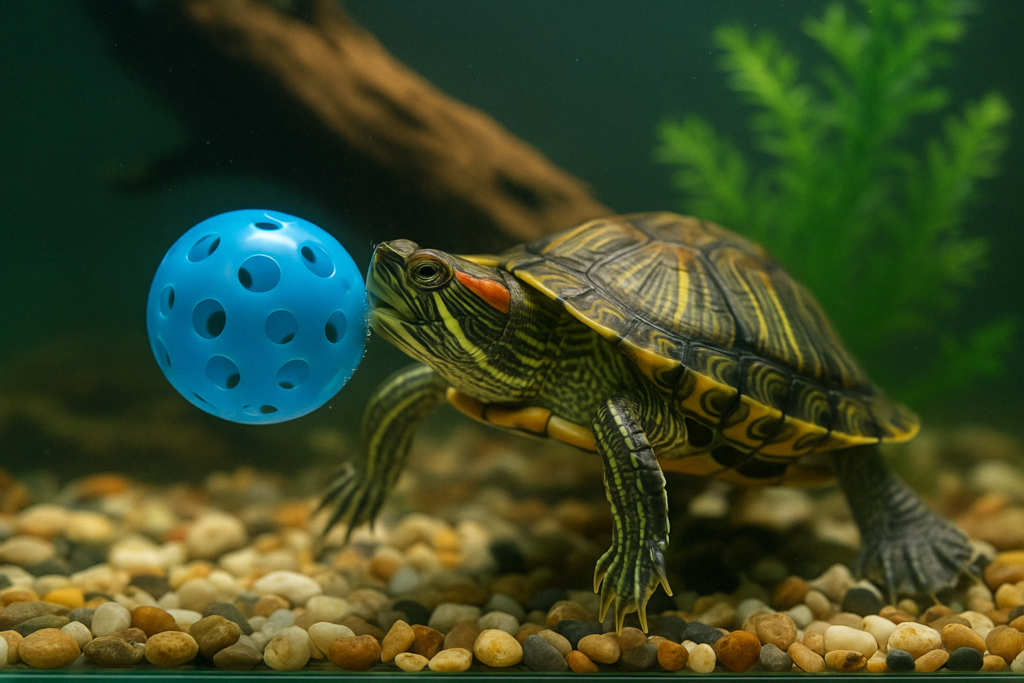
Believe it or not, turtles like to play! Okay, not fetch or tug-of-war, but they enjoy floating platforms, treat puzzles, mirror toys, and new things to climb on or explore. Mental stimulation helps prevent boredom, which can lead to pacing, hiding, or aggression—yes, even turtles get cabin fever.
Try rotating tank decorations, adding live plants, or dropping in safe objects to inspect. Even feeding in different areas or using treat balls can keep them engaged. Happy turtles = healthy turtles. Because who says enrichment is just for dogs and parrots?


